Are you struggling with hair loss and considering hair transplantation as a solution? In this blog post, we will delve into the details of follicular hair transplantation, a popular and effective method for restoring natural-looking hair. From the process of follicular hair extraction to the post-transplantation care and recovery, we will cover everything you need to know about this procedure. Whether you’re curious about how follicular hair transplantation works or are preparing for your own transplantation journey, we’ve got you covered. Read on to learn more about this life-changing procedure.
Contents;
What is Follicular Hair Transplantation
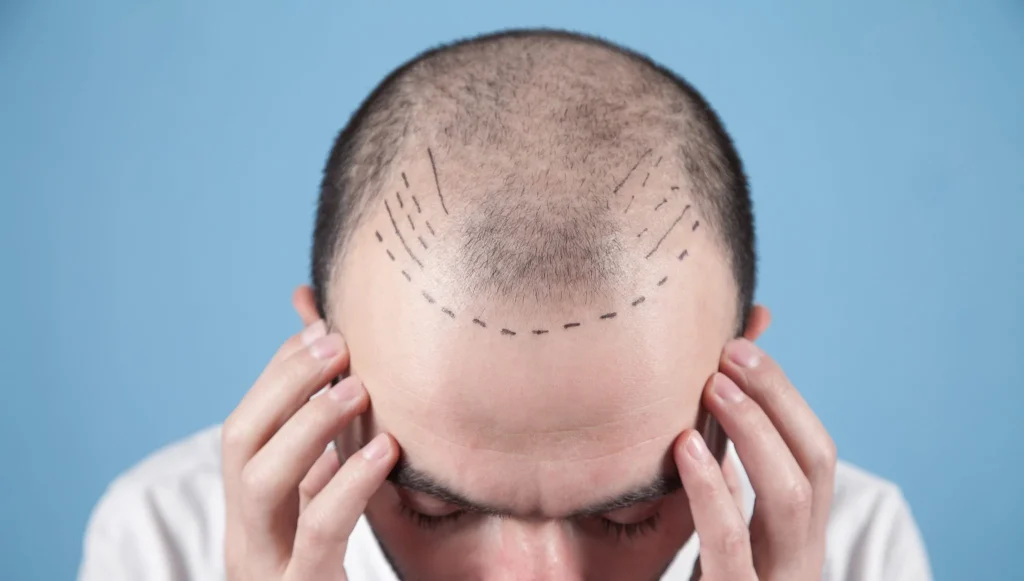
Follicular Hair Transplantation is an advanced technique used to treat hair loss and baldness. It is a surgical procedure that involves the extraction of individual hair follicles from a donor area, often the back or sides of the scalp, and implanting them into the bald or thinning areas. This technique has gained popularity due to its natural-looking results and long-lasting effects.
In the process of follicular hair transplantation, the surgeon carefully extracts the hair follicles using a specialized tool. These follicles are then carefully preserved to ensure their viability during the transplantation process. The procedure is performed under local anesthesia, ensuring minimal discomfort for the patient.
The extracted follicles are then prepared for transplantation. This involves sorting and categorizing them based on their size and quality. The surgeon examines each follicle under a microscope to ensure that only the healthiest and most viable ones are used for transplantation.
Follicular hair transplantation also involves creating recipient sites in the bald or thinning areas. These sites are carefully designed to mimic the natural growth pattern of the patient’s hair. The surgeon pays attention to the angle, direction, and density of the recipient sites to ensure a natural-looking result. This meticulous approach is crucial in achieving the desired aesthetic outcome.
Once the recipient sites are prepared, the surgeon begins implanting the follicular units. This step requires precision and artistry as the surgeon carefully places each follicle into the recipient site. The angle and depth of the implantation play a crucial role in determining the natural growth of the transplanted hair.
After the follicular units are implanted, post-transplantation care and recovery become essential. The patient is given instructions on how to take care of the transplanted area to promote healing and minimize the risk of complications. Follow-up appointments are scheduled to monitor the progress and ensure the success of the transplantation.
The Process Of Follicular Hair Extraction
The process of follicular hair extraction is a crucial step in Follicular Hair Transplantation. It involves the removal of individual hair follicles from the donor area, typically the back or sides of the head, and their transplantation to the recipient area where hair loss or thinning has occurred. This technique is preferred over traditional hair transplant methods as it provides more natural-looking results and minimizes scarring.
To begin the process of follicular hair extraction, the donor area is first prepared by trimming the hair to a short length. This allows the surgeon to clearly see and extract the individual hair follicles with precision. The surgeon then administers local anesthesia to ensure the patient’s comfort throughout the procedure.
Once the donor area is prepared and the anesthesia has taken effect, the surgeon begins the extraction process using a specialized instrument called a micro-punch. This instrument is used to carefully remove individual hair follicles from the scalp. The micro-punch creates tiny incisions around the follicular units, which are then gently extracted using forceps.
Graft Preparation For Transplantation
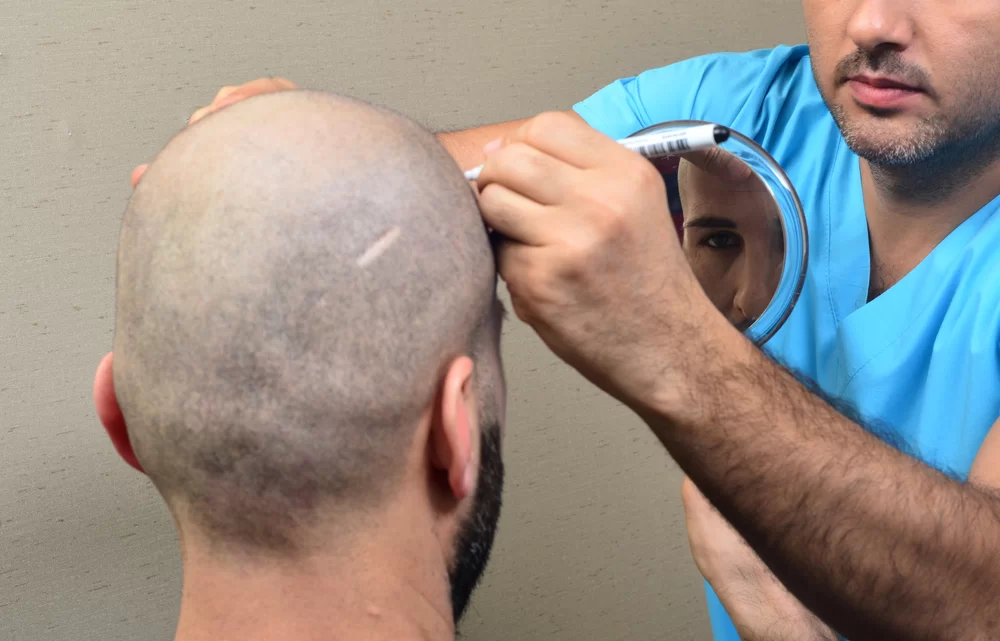
During graft preparation, the extracted follicular units are carefully examined and sorted based on their quality and suitability for transplantation. This involves identifying and discarding any damaged or weak grafts. The remaining grafts are then prepared to ensure their viability and optimal growth after transplantation.
One method of graft preparation is the trimming technique. In this technique, excess tissue surrounding the hair follicles is carefully trimmed away using microscopes and specialized tools. This allows the grafts to be of an appropriate size and shape for transplantation, making the process more efficient and effective.
Another technique commonly used for graft preparation is the dipping method. This involves immersing the grafts in a suitable solution to enhance their survival rate. The solution typically contains nutrients and antiseptics that help nourish the grafts and protect them from damage or infection.
| Graft Preparation Techniques | |
|---|---|
| Trimming Technique | Dipping Method |
| Excess tissue is trimmed away using specialized tools | Grafts are immersed in a solution for enhanced survival |
| Ensures proper size and shape of grafts | Provides nutrients and safeguards against infection |
Graft preparation is a meticulous process that requires expertise and attention to detail. It plays a significant role in the success of follicular hair transplantation by ensuring the grafts are of high quality and viability. By utilizing techniques such as trimming and dipping, the grafts can be prepared for optimal growth and integration into the recipient site, ultimately leading to natural and long-lasting results.
Creating Recipient Sites For Transplantation
Creating recipient sites for transplantation involves meticulous planning and precision. First, the surgeon carefully examines the recipient area to determine the appropriate angle, density, and distribution of the hair follicles. This step is crucial to achieve a natural-looking result and ensure proper hair growth in the future.
Once the recipient area is assessed, the surgeon uses specialized instruments to create tiny incisions or slits in the scalp. These recipient sites act as the new homes for the transplanted hair follicles. The size, depth, and direction of the incisions are all carefully calculated to ensure optimal graft survival and hair coverage.
- Create recipient sites
- Ensure appropriate angle, density, and distribution
- Use specialized instruments
| Benefits of Creating Recipient Sites |
|---|
| 1. Natural Hairline: By carefully creating recipient sites, the surgeon can mimic the natural hairline, ensuring a seamless transition between the transplanted and existing hair. |
| 2. Optimal Hair Growth: Properly designed recipient sites allow for the successful growth and integration of transplanted hair follicles, leading to enhanced density and coverage. |
| 3. Minimized Trauma: The meticulous creation of recipient sites minimizes trauma to the scalp, reducing the risk of complications and promoting faster healing. |
In conclusion, creating recipient sites for follicular hair transplantation is a critical step in the overall procedure. It requires expertise, precision, and careful planning to ensure natural-looking results and optimal hair growth. By creating recipient sites, surgeons can determine the appropriate angle, density, and distribution of transplanted hair follicles, leading to successful hair restoration. Furthermore, the benefits of this technique include a natural hairline, optimal hair growth, and minimized trauma to the scalp. If you are considering a hair transplant, it is important to consult with a qualified professional to discuss your options and determine if follicular hair transplantation is right for you.
Implanting The Follicular Units
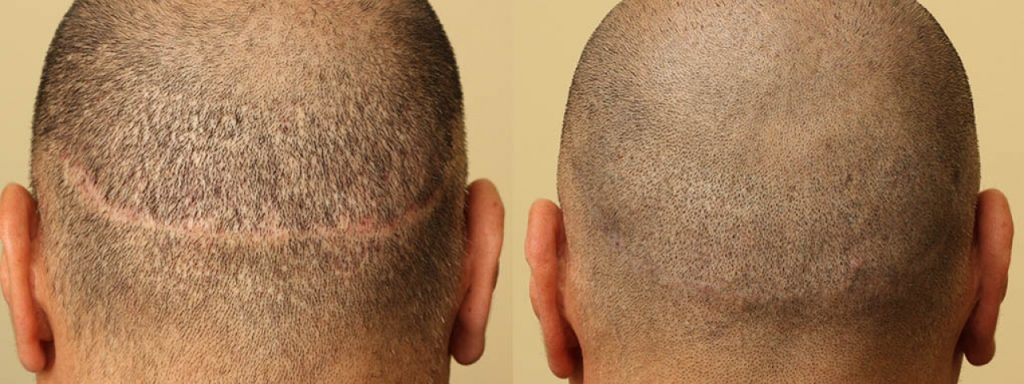
Follicular Hair Transplantation (FUT) has become a popular solution for those looking to combat hair loss and restore a full head of hair. Among the various stages involved in the transplant process, the step of implanting the follicular units is crucial in ensuring successful hair restoration. In this blog post, we will delve into the details of this stage and understand the significance it holds in the overall transplantation procedure.
Implanting the follicular units is the stage where the harvested hair grafts from the donor area are carefully placed into the recipient sites on the patient’s scalp. These recipient sites are typically small incisions made by the surgeon in the bald or thinning areas. Each incision is strategically positioned to mimic the natural hair growth pattern and to ensure a natural-looking result.
To ensure accuracy and precision during the implantation process, the surgeon uses specialized tools and instruments. One common tool is a fine needle or microblade, which is used to create the recipient sites and implant the grafts. The surgeon works meticulously, placing each graft into the recipient sites at the correct angle and depth, ensuring optimal growth and a seamless integration with the existing hair.
| Benefits of Implanting Follicular Units |
|---|
|
It is important to note that the success of the follicular unit implantation stage relies heavily on the expertise and experience of the surgeon. A skilled surgeon will consider factors such as hair direction, density, and angulation while placing the grafts, resulting in a natural and aesthetically pleasing outcome.
In conclusion, the process of implanting follicular units is a critical stage in the overall Follicular Hair Transplantation procedure. It requires precision, skill, and adherence to the patient’s desired outcome. By carefully placing the harvested grafts, surgeons can achieve natural-looking results, higher graft survival rates, and minimal scarring, ultimately providing patients with a satisfying hair restoration experience.
Post-Transplantation Care And Recovery
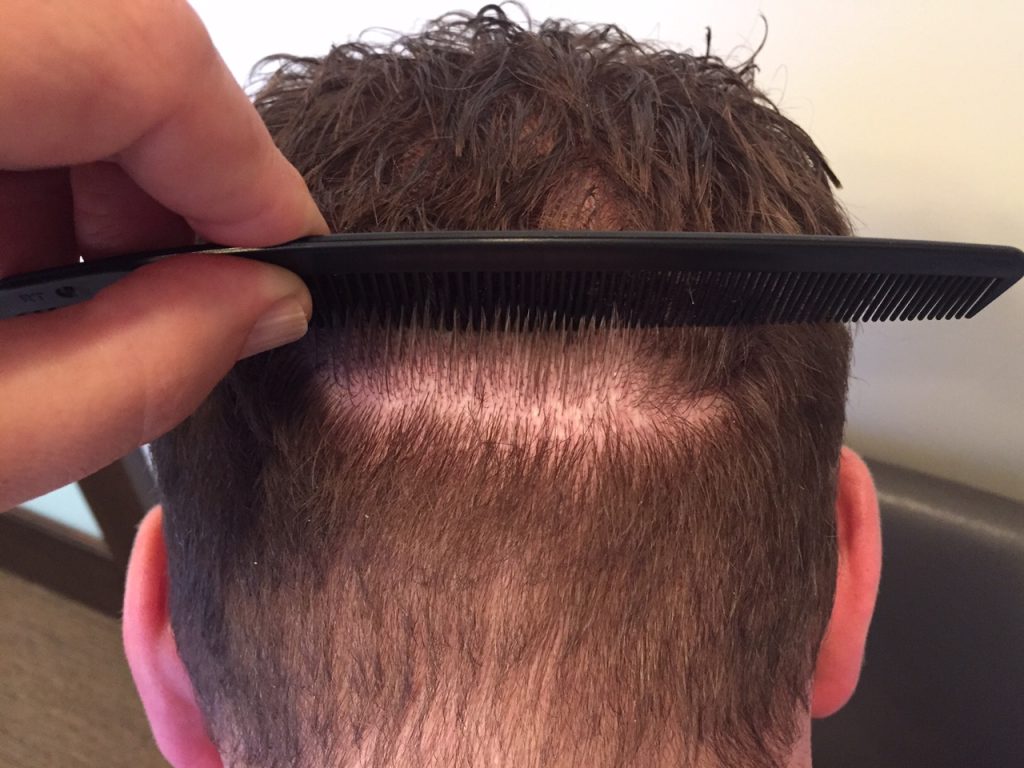
After undergoing the procedure of Follicular Hair Transplantation, it is crucial to ensure proper post-transplantation care and recovery. This phase of the process plays a vital role in the success and longevity of the transplanted hair. Post-transplantation care involves following specific guidelines and adopting healthy practices to optimize healing and minimize any potential complications.
One of the fundamental aspects of post-transplantation care is protecting the newly transplanted grafts. It is recommended to avoid any activities or situations that may put excessive strain or pressure on the scalp. This includes refraining from strenuous exercise, avoiding direct sunlight, and not engaging in any activities that may cause excessive sweating. By doing so, the grafts will have a better chance of properly anchoring into the recipient sites and avoiding any trauma or damage.
Additionally, it is important to carefully follow the prescribed medication and treatment plan provided by the hair transplant surgeon. This may include antibiotics to prevent any risk of infections, anti-inflammatory medication to reduce swelling, and painkillers to manage any discomfort or soreness. Adhering to these medications and instructions will contribute to a smoother recovery process and minimize any potential complications.
- Another crucial aspect of post-transplantation care is maintaining good hygiene. It is essential to keep the scalp clean and free from any dirt or debris, as this can negatively impact the healing process. However, it is important to avoid washing the hair too aggressively or using harsh products during the initial recovery period. Following the surgeon’s instructions regarding hair washing techniques and using mild, non-irritating shampoos will ensure proper care and protection of the transplanted hair.
| Why should I take care of my transplanted hair? | How long does the recovery process take? | Can I resume my regular hair care routine after transplantation? |
|---|---|---|
| Proper care promotes healing and reduces the risk of complications such as infections or graft failure. | The recovery period varies from person to person, but typically it takes around 7-10 days for the initial healing phase and several months to see the full results. | It is important to follow the surgeon’s instructions regarding hair care post-transplantation. You may gradually resume your regular hair care routine, but it is advised to discuss specific timelines with your surgeon. |
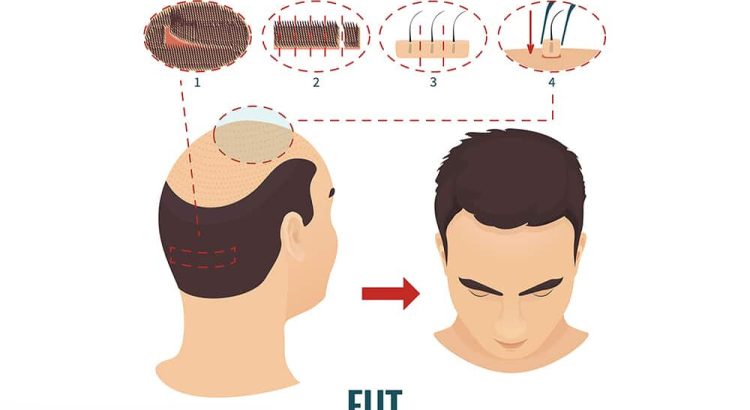
Thanks for the detailed article! I’ve always been curious about follicular hair transplantation, but I wonder if there are any long-term studies on the success rate compared to other hair restoration methods? Would love to hear more about the risks involved too.